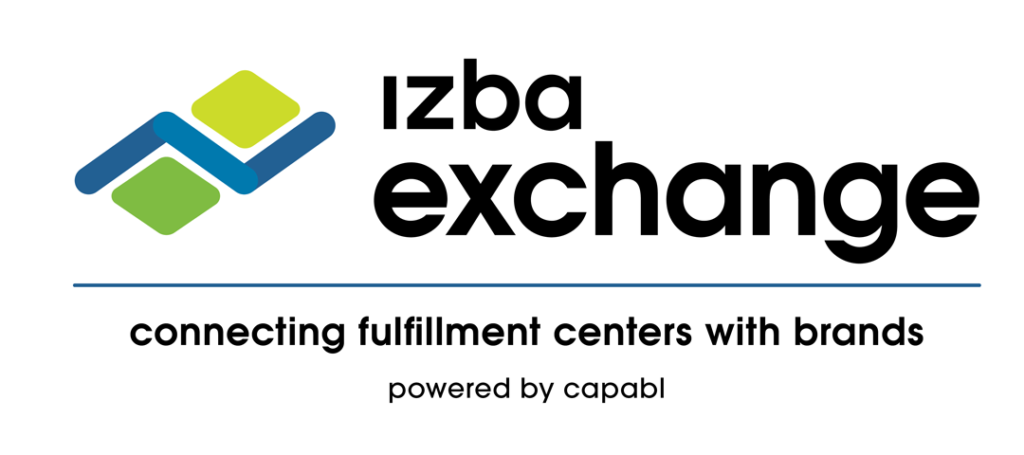
Conducting a supply chain audit is the epitome of being careful as a business. You can never have too many. The bigger your company, the bigger the risks of supply chains operating at less-than-peak efficiency.
And as a business owner, it’s important to stay on top of all the ways you can improve the efficiency of your supply chain. And the only way to ensure you’re on top is with regular supply chain audits that involve a systematic review of an organization’s suppliers and their operations.
It helps identify areas where money can be saved, risks that need to be managed, and opportunities for doing business more effectively.
Let’s go over why you should be conducting regular supply chain audits and what you need to know before getting started.
What Makes a Supply Chain Audit Valid?
Like research, supply chain audits are only valid when they’re neutral and thorough. There are several ways to evaluate supply chains across different industries but it’s only legitimate when conducted by a neutral party with a reputable standing in the field, unbiased towards all parties involved.
That means a valid supply chain audit process is one that has been conducted by an independent, third-party auditor who has no financial interest in the companies being audited.
The auditor must have access to all relevant documentation and personnel and must be given enough time to complete a thorough review.
The KPIs and evaluation criteria used should be authentic, agreed-upon by all parties and should almost always be quantifiable in order to be measurable.
The purpose of a supply chain audit is to assess whether a company’s procedures are adequate to protect its products and materials from fraud, waste, or theft. In a way, it’s the only way to make sure you’re not leaving anything at the table.
At Izba, we recommend every brand we work with to schedule regular audits, regardless of how satisfied they are with a partner or vendor’s performance and overall supply chain results. A valid audit will identify strengths and weaknesses to appreciate and improve.
How do Supply Chain Audits Work?

There are many different types of supply chain audits, but they all share a common goal: to assess the risks associated with the supply chain and make recommendations for improvement and optimization.
It’s difficult to provide a generic version of how supply chain auditing processes go for every industry but usually, they start with a review of the organization’s policies and procedures. The auditors can then interview staff and observe operations to get a better understanding of how the supply chain works.
After a careful examination conducted under the premise set by the latest industry standards and agreed-upon evaluation markers and KPIs, supply chain auditors will identify areas that require and suggest ways for optimization. Read about 7 things you need to evaluate when auditing supply chains
The most important thing to remember about supply chain audits is that they are not static; they should be conducted on a regular basis to ensure that the supply chain is always operating at its best.
Given the changing circumstances and impending risks global markets are experiencing with each quarter, supply chain audits are identifying substantial risks in supply chains around the world.
Common Terminologies Used in Supply Chain Auditing
Supply chain auditing is a process of evaluating the policies, practices and operations of a company’s suppliers and partners to ensure they meet the standards and requirements set by the company.
This includes assessing suppliers’ compliance with ethical, legal, and environmental regulations, as well as their ability to deliver high-quality goods and services on time and at a reasonable cost.
Supply chain auditing is an important tool for companies to manage risk, maintain high standards, and improve the overall efficiency and performance of their supply chain.
The auditor typically performs various site visits, interviews suppliers, reviews and analyzes documentation to assess the supplier’s operations and identify areas for improvement. Based on the findings, the auditor can further make recommendations for improvement and work with the supplier as well as the brand to implement them.
Some of the common terms used in supply chain audits include:
- Compliance: Ensuring that suppliers adhere to the laws, regulations, and policies set by the company and industry.
- Risk Management: Identifying and mitigating potential risks in the supply chain to ensure business continuity.
- Due Diligence: Thorough examination of a supplier’s operations to determine their capability and fitness for the company’s supply chain.
- Supply Chain Sustainability: Evaluating the environmental, social and ethical impact of a supplier’s operations.
- Quality Control: Assessing the supplier’s processes for ensuring product quality and consistency.
- Lead Time: The time it takes for a supplier to deliver goods after an order is placed.
- Cost Efficiency: Evaluating the supplier’s costs and processes to determine if they are in line with the company’s expectations.
- Traceability: The ability to track the origin, movement and location of goods throughout the supply chain.
- Contract Management: Ensuring that suppliers adhere to the terms of the agreement and that contracts are up-to-date and accurate.
- Continuous Improvement: Regular evaluation and improvement of the supplier’s processes and operations to ensure they meet the company’s evolving needs and expectations.
Common Acronyms and Abbreviations Used in Supply Chain Auditing
Acronyms and abbreviations are commonly used in supply chain auditing to save time and space. Here are some of the most common ones you might come across:
5S: Five S System (Sort, Sustain, Standardize, Set in Order, Shine)
6 Sigma: Six Sigma Quality Management methodology
AEO: Authorized Economic Operator
APQP: Advanced Product Quality Planning
CIF: Cost, Insurance, and Freight
CIP: Carriage and Insurance Paid
CPT: Carriage Paid To
CSR: Corporate Social Responsibility
DAP: Delivered At Place
DDP: Delivered Duty Paid
DRP: Distribution Requirements Planning
ECC: Electronic Commerce Code
EDI: Electronic Data Interchange
EHS: Environmental, Health and Safety
EOQ: Economic Order Quantity
ERP: Enterprise Resource Planning
EXW: Ex Works
FCFO: Free Carrier, Free Out
FIFO: First In, First Out
FMEA: Failure Modes and Effects Analysis
FOB: Free on Board
GATT: General Agreement on Tariffs and Trade
GRC: Governance, Risk and Compliance
GSCP: Global Supply Chain Professional
HSE: Health, Safety and Environment
ISO: International Organization for Standardization
JIT: Just in Time
KPI: Key Performance Indicator
LIFO: Last In, First Out
MRP: Material Requirements Planning
NAFTA: North American Free Trade Agreement
OEE: Overall Equipment Effectiveness
P&L: Profit and Loss
PPAP: Production Part Approval Process
QFD: Quality Function Deployment
QMS: Quality Management System
R&D: Research and Development
RFI: Request for Information
RFID: Radio Frequency Identification
RFP: Request for Proposal
ROI: Return on Investment
SCM: Supply Chain Management
SCT: Seller’s Carriage to
SOP: Standard Operating Procedure
SQA: Software Quality Assurance
TIR: Transport International Routier
TQM: Total Quality Management
Want to Have Your Supply Chain Audited?
Get in touch with us and we’ll help with the auditing supply chain process.





2 thoughts on “Supply Chain Audits: Everything You Need to Know”
Pingback: Auditing Supply Chains: The Process - izba
Pingback: 7 Things You Need to Evaluate When Auditing Supply Chains - izba